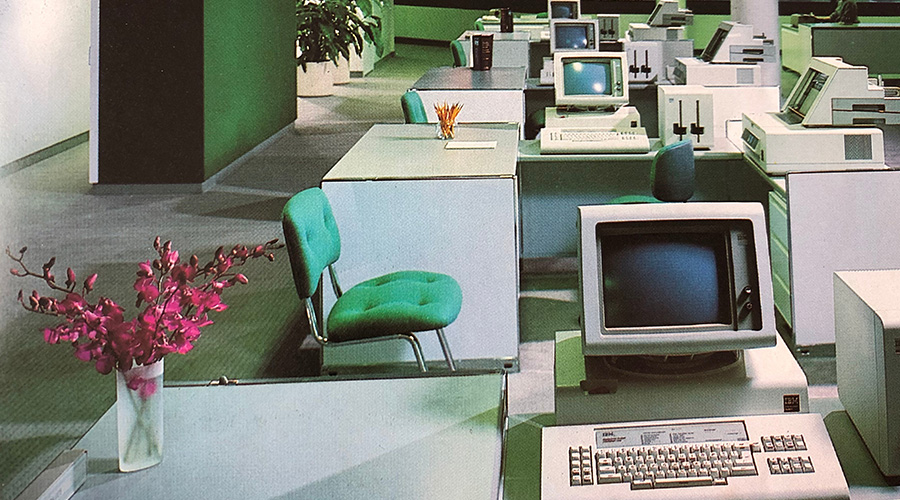Setting the Right Green Building Goals
By Jim Nicolow
November 2008
As with any aspect of the building program, a project’s environmental and performance goals should be established as early as possible, whether or not LEED certification is pursued. The Davis Langdon study found that the projects that were able to remain within their original budgets “were those which had clear goals established from the start, and which integrated the sustainable elements into the project at an early stage.” Green building goals should be seen as simply part of the building program, rather than something outside of the normal process.
As with any specialized project requirements, selecting design and construction teams experienced with green building and LEED certification will increase the odds of success. The Davis Langdon study also found that the feasibility and potential cost impact of a number of LEED points can be “significantly increased or decreased by whether or not the members of the design and construction teams are familiar with sustainable practices.” LEED certification can be pursued with the conventional design-bid-build project delivery; however, the construction management approach, with the resulting earlier involvement of the construction team during design, is particularly well-suited to the integrated design process.
LEED encourages the full project team to collaborate to achieve the project’s performance goals. The most effective approach to LEED certification is to forget the points. When teams focus first on broader goals, such as reducing energy use or improving water efficiency, more integrated, cost-effective solutions can be developed. The dark side of LEED is that when it’s used least effectively, it can encourage teams to “buy” points: Let’s add this to get this point, and let’s add that to get that point.
If the team instead focuses on broader goals, the focus shifts from point harvesting to optimizing performance. For effective process performance optimization, the first step is to reduce the loads (smart design), then to meet the loads efficiently (efficient equipment). Then, only after these have been accomplished, considering greening the residual supply required to meet the reduced loads (renewable energy, rainwater harvest, etc.). Green design is expensive when it only consists of adding expensive technologies to an essentially conventional project.
Quantitative Analysis
Quantitative analysis, such as energy modeling, is required to document performance for LEED certification. However, the results of this analysis can be used most effectively to inform the design process, rather than simply documenting performance after the fact. The Davis Langdon study recommends that energy and cost models be combined “to make a very effective decision-making tool, preferably early in design.”
Energy modeling can be used to understand where the big impacts are for a particular project type in a particular climate, allowing the design team to optimize the design. When leveraged in this fashion, quantitative analysis becomes a value-added tool for reducing a project’s cost of ownership.
Once the environmental performance and LEED goals are established, it is important to assign responsibility for tracking and assuring performance of each goal and credit. LEED’s structure makes it easy to assign responsibility to the appropriate design and construction team members for each targeted credit. Certification can be divided into design phase and construction phase documentation, which can be particularly helpful for projects with long schedules. That’s because it allows the design phase credits, which represent about two thirds of total credits, to be completed and submitted for review at the beginning of construction. The construction phase submittal cannot be submitted until after substantial completion of construction.
There is currently a significant review backlog, with USGBC taking upwards of three months to complete a preliminary technical review. It is important that teams recognize, under the current system, the LEED plaque will not arrive with the ribbon cutting, and could take six months or more from the initial submittal to final award of certification.








